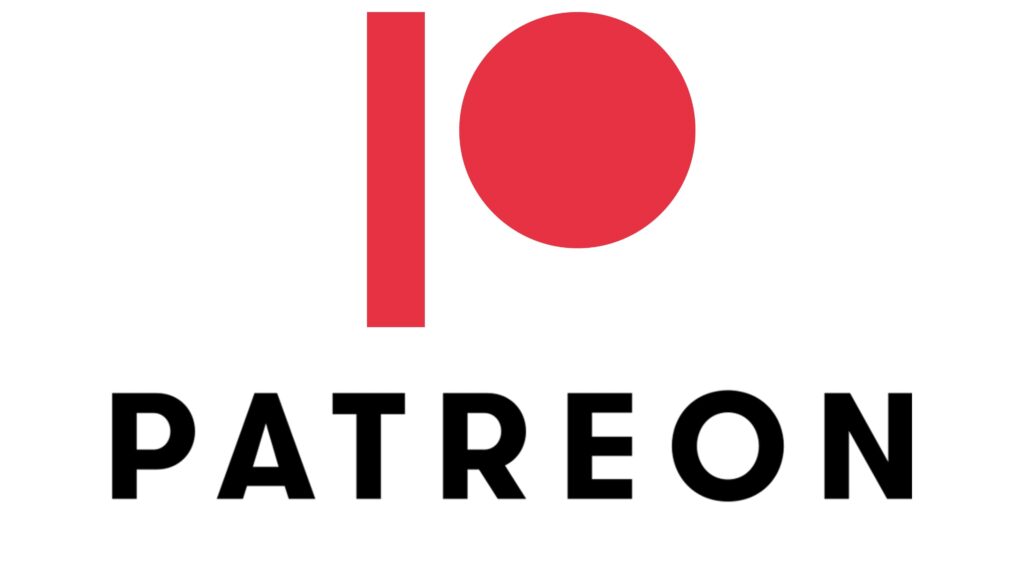Press Release:
For 10 years, the U.S. Army Engineer Research and Development Center’s (ERDC) Cold Regions Research and Engineering Laboratory (CRREL) has led research on the development of a national manual and data sheet to identify the Ordinary High Water Mark (OHWM) across the United States.
The national manual was released as an interim draft and describes the OHWM, which is used to define the boundaries of aquatic features for a variety of federal, state and local regulatory purposes.
Dr. Gabrielle David, a CRREL research physical scientist, began working on the manual at its inception, and is the chair of the National Technical Committee for OHWM, a group formed with representatives from the Environmental Protection Agency (EPA), regulators from the U.S. Army Corps of Engineers (USACE) and academia. Recently, members of the committee took the manual’s data sheet into the field, going to several rivers and streams in Vermont to take another critical look at their work prior to releasing the manual.
“This is the first time that we’re publishing something nationally to help improve consistency throughout the nation,” said David. “We’ve built a data sheet because we want to help regulators be more rapid in their decision making, be consistent, and have technical defensibility nationwide.”
David also said that even though the OHWM concept has been in regulation for awhile, there has never been a national technical manual published.
Data Sheet and Manual
“We’re releasing it for a one-year period and asking for public comments so that we can then incorporate that into the final version,” said David. “We want to make sure that we have a data sheet and manual that is as helpful as it can be for regulators and for the public.”
Dr. Tracie Nadeau, an EPA environmental scientist, was also in the field with David and USACE regulators using the data sheet to identify OHWM features. Nadeau said the data sheet and manual will be a major asset to the EPA as they work to enforce the Clean Water Act.
“The data sheet is critical for a lot of reasons,” said Nadeau. “When our folks get out in the field and have to make these decisions about how we’re regulating the waters that are under the protection of the Clean Water Act, the data sheets and user manual help assure that we get really consistent decisions in the field across the country.”
The Clean Water Act establishes the basic structure for regulating discharges of pollutants into the waters of the United States and regulating quality standards for surface waters. The basis of the Clean Water Act was enacted in 1948 and was called the Federal Water Pollution Control Act, but it was significantly reorganized and expanded in 1972. “Clean Water Act” became the Act’s common name with amendments in 1972.
Under the Clean Water Act, the EPA has implemented pollution control programs, such as setting wastewater standards for industry. The EPA has also developed national water quality criteria recommendations for pollutants in surface waters. Section 404 of the CWA establishes a permitting program implemented by USACE, which regulates the discharge of dredged and fill material into the water of the United States.
Applicability
Nadeau said the national manual and data sheet are important for good government, for consistency, and for the defensibility of the decisions that the EPA or USACE makes. She added that the data sheets are a quick “how-to roadmap” of applying the information from the manual.
“So, for us at EPA, we co-administer the Clean Water Act with the Army Corps of Engineers,” said Nadeau. “But EPA actually has to administer all these other programs under the Clean Water Act in its entirety. So, for EPA in particular, we will definitely use these data sheets in the larger manual of how we go out and do a determination of ordinary high-water mark to support lots of programs under the Clean Water Act, because we have to know where the federal government actually has authorities or jurisdiction, so it’s really helpful for the decisions we make around permitting, around national pollution discharge.”
ERDC works with the USACE Regulatory Program, other federal agencies and the academic community to develop regional and national OHWM delineation standards and procedures, as well as to improve OHWM delineation practices across the country. Research scientists test and validate the field indicators and methods used in OHWM delineations and explore new tools, techniques and resources to improve the accuracy, consistency and efficiency of OHWM delineation practices. These efforts have resulted in OHWM delineation manuals, such as the newly released national manual and data sheet, and other technical resources that support both the Corps Regulatory Program and the regulated public.
Sources
Marquis, D. (2023). Press release: ERDC Releases New Data Sheet for Identifying Ordinary High Watermarks. Cold Regions Research Laboratory. Retrieved from https://www.erdc.usace.army.mil/Media/News-Stories/Article/3280392/erdc-releases-new-data-sheet-for-identifying-ordinary-high-watermarks/
Swamp School Patreon
In addition to our weekly newsletter, we are publishing podcasts on the newsletter topic for our Patreon subscribers. This week, we’ll be discussing ditches and their regulatory implications.


